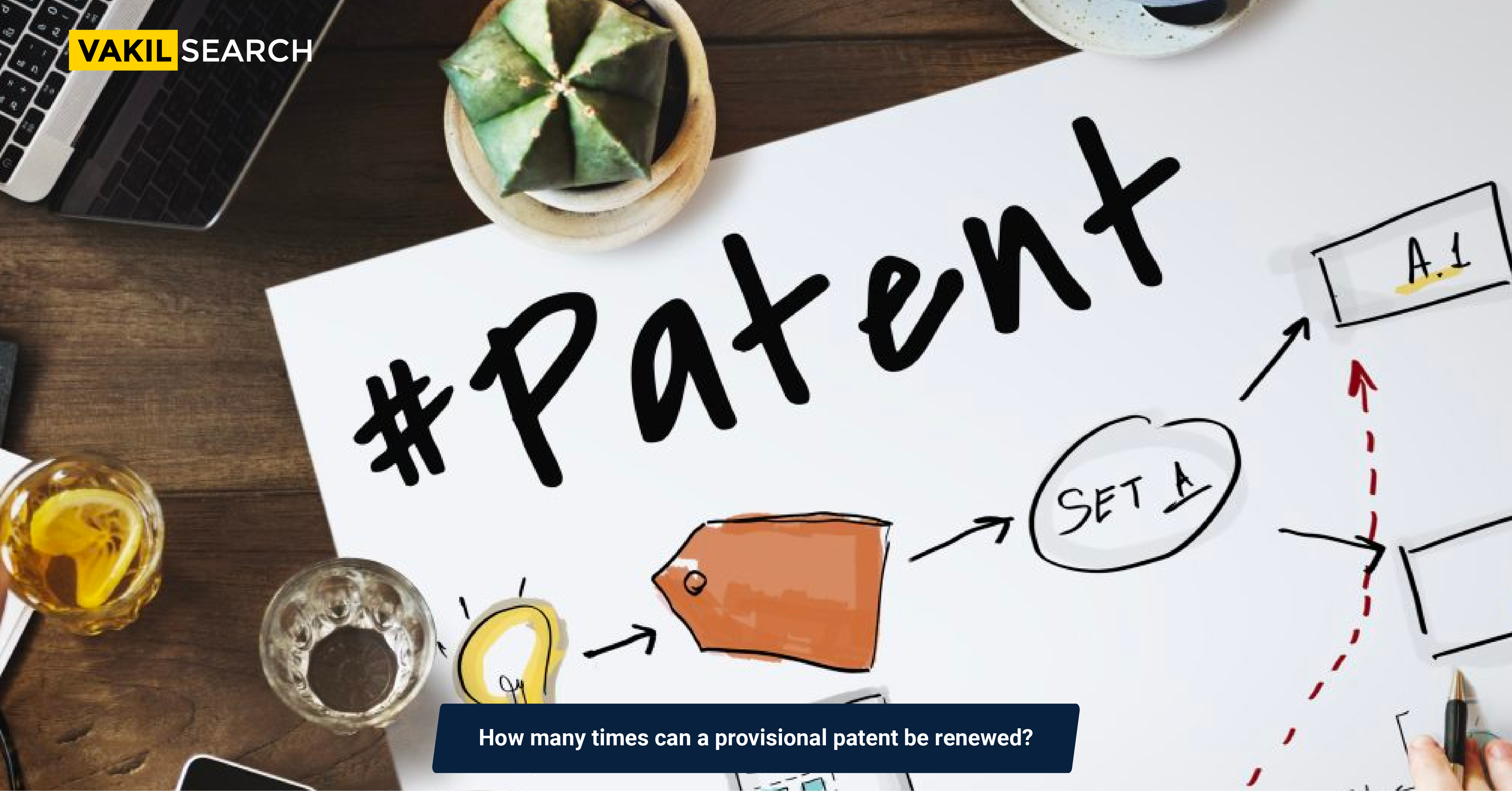A provisional patent is a temporary patent application that gives you 12 months to protect your invention while you develop it and prepare to file a non-provisional patent application. Provisional patents are not examined by the patent office, but they do give you a filing date that you can claim priority from for your non-provisional patent application.
Did you know?What is a provisional patent application?
A provisional patent application is a low-cost and easy way to establish a filing date for your invention. It is not as formal as a non-provisional patent application, and you do not need to include as much information. However, you must still provide a written description of your invention, as well as drawings if necessary.
What are the benefits of filing a provisional patent application?
There are several benefits to filing a provisional patent application, including:
- It establishes a filing date for your invention, which can be important if someone else files a patent application for a similar invention.
- It gives you time to develop your invention further and gather more information before filing a non-provisional patent application.
- It allows you to use the phrase “patent pending” in connection with your invention, which can deter others from copying it.
What are the drawbacks of filing a provisional patent application?
The main drawback of filing a provisional patent application is that it does not provide any patent protection on its own. The provisional application will expire after 12 months, and you must file a non-provisional patent application during that time if you want to continue the patent process.
How many times can a provisional patent be renewed?
As mentioned above, a provisional patent application cannot be renewed. It is a one-time filing that lasts for 12 months. After that, it expires and you must file a non-provisional patent application if you want to continue the patent process.
What should I do if my provisional patent application expires?
If your provisional patent application expires and you have not yet filed a non-provisional patent application, you will lose your patent rights. However, you can file a new provisional patent application for the same invention. However, you will not be able to claim priority to the filing date of your original provisional patent application.
What is the difference between a provisional patent application and a non-provisional patent application?
A provisional patent application is a less formal and less expensive way to establish a filing date for your invention. It does not provide any patent protection on its own, and it expires after 12 months.
A non-provisional patent application is a more formal and more expensive filing that provides patent protection if it is granted. The non-provisional application must include a written description of your invention, drawings if necessary, and claims that define the scope of your invention.
When should I file a non-provisional patent application?
You should file a non-provisional patent application before the provisional patent application expires (i.e., within 12 months of filing the provisional patent application). However, you may want to file a non-provisional patent application earlier if you have already developed your invention and are ready to seek patent protection.
Should I hire a patent attorney to help me file a patent application?
Hiring a patent attorney can be a wise investment, especially if you are a first-time patent filer. A patent attorney can help you draft your patent application, ensure that it meets all of the requirements of the USPTO, and respond to any office actions that you receive.
Conclusion
A provisional patent application is a good option for inventors who want to establish a filing date for their invention and have more time to develop it further before filing a non-provisional patent application. However, it is important to remember that a provisional patent application does not provide any patent protection on its own. If you want to continue the patent process, you must file a non-provisional patent application within 12 months of filing the provisional patent application.
If you have any questions about provisional patent applications or the patent process in general, please contact a Vakilsearch expert today. We can help you understand your options and make the best decisions for your business.
FAQs
Can I extend my provisional patent?
No, you cannot extend your provisional patent. It will automatically expire 12 months after you file it.
What should I do if my provisional patent expires before I am ready to file a non-provisional patent application?
You have two options: you can re-file a new provisional patent application, or you can file a non-provisional patent application. If you file a non-provisional patent application more than 12 months after filing your provisional patent application but within 14 months, you may be able to restore the benefit of the provisional patent filing date by filing a petition with the patent office.
What are the benefits of filing a provisional patent application?
There are several benefits to filing a provisional patent application, including: It gives you 12 months to protect your invention while you develop it and prepare to file a non-provisional patent application. It gives you a filing date that you can claim priority for your non-provisional patent application. It is less expensive to file a provisional patent application than a non-provisional patent application.
Also Read:


